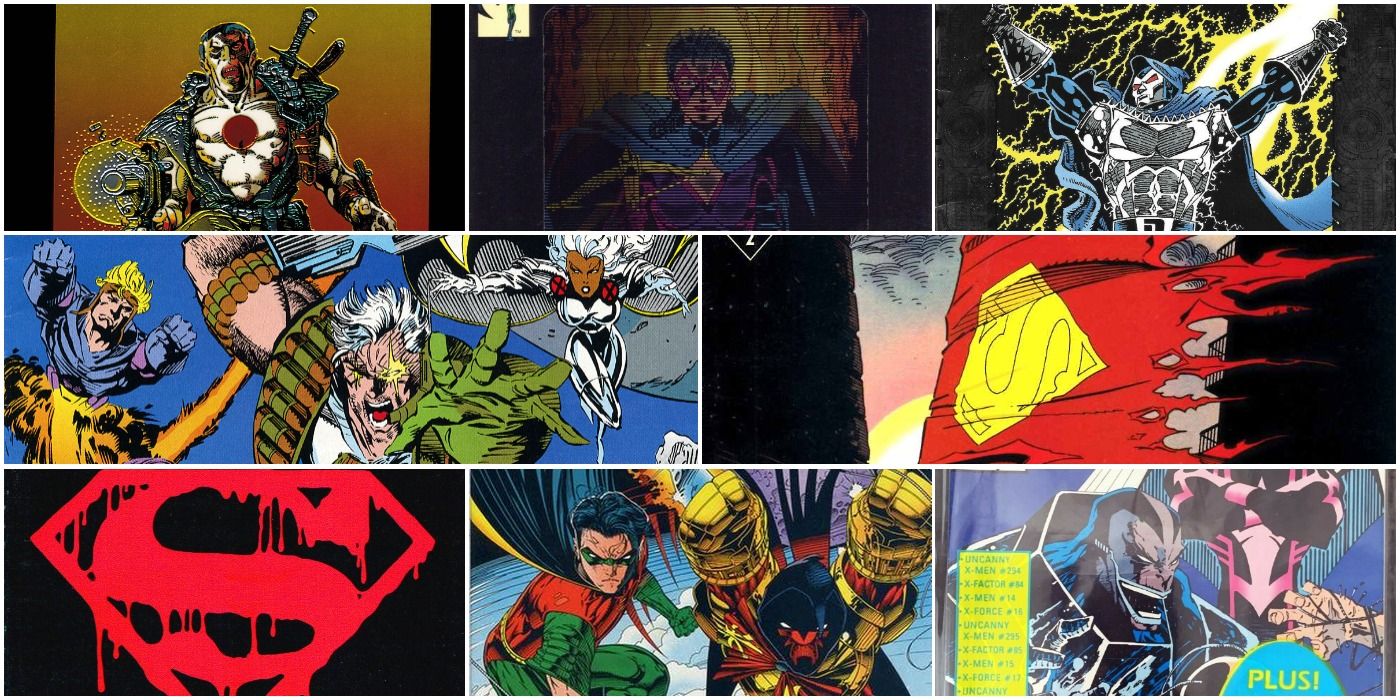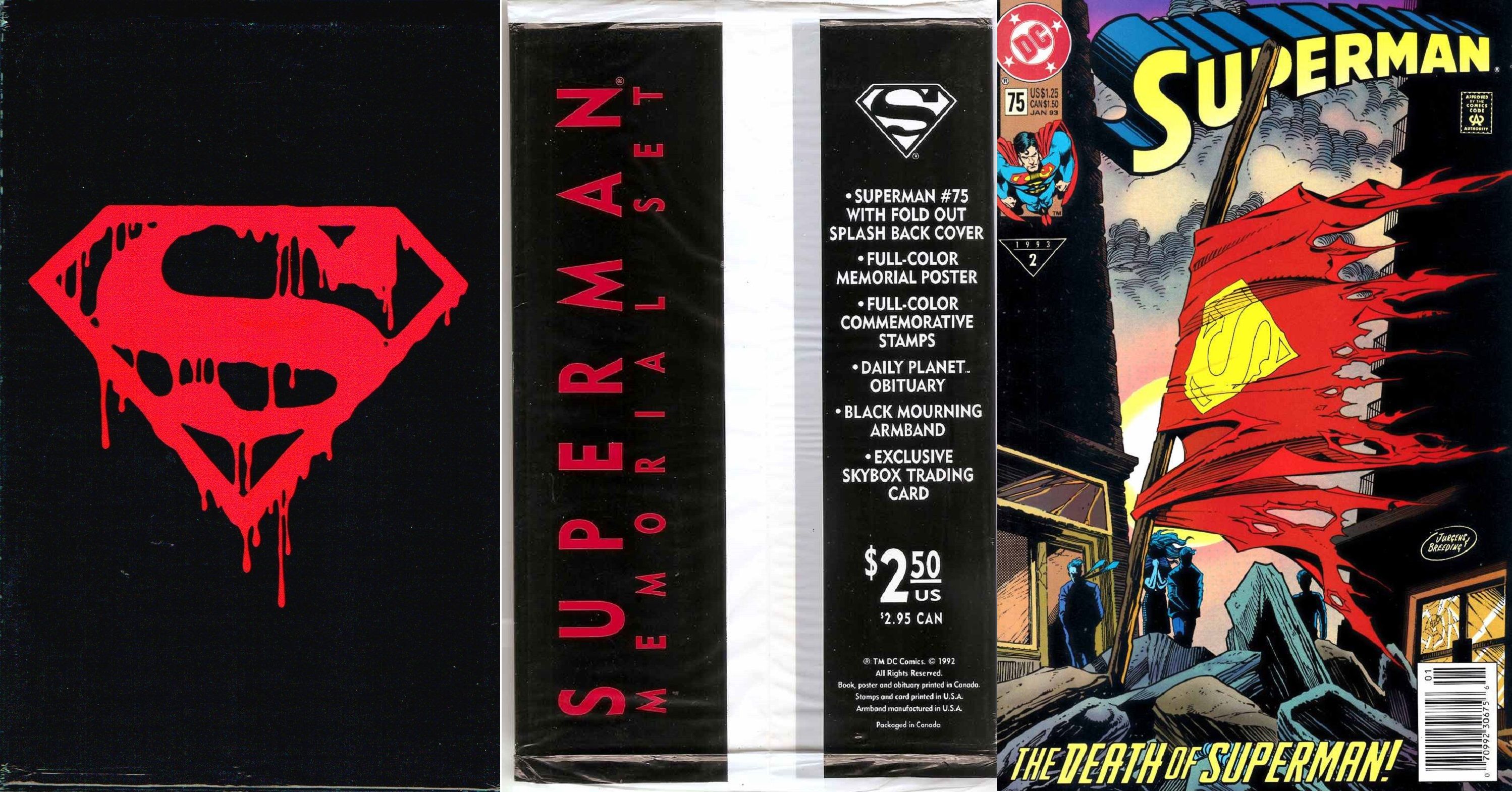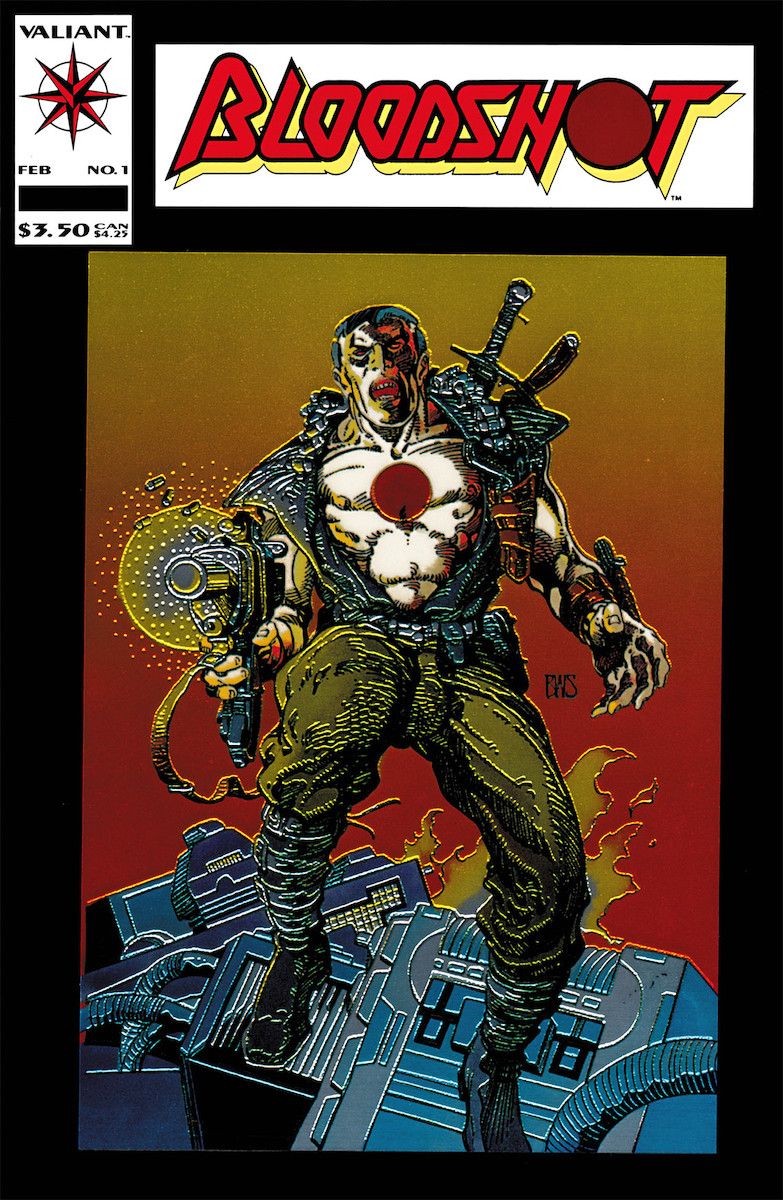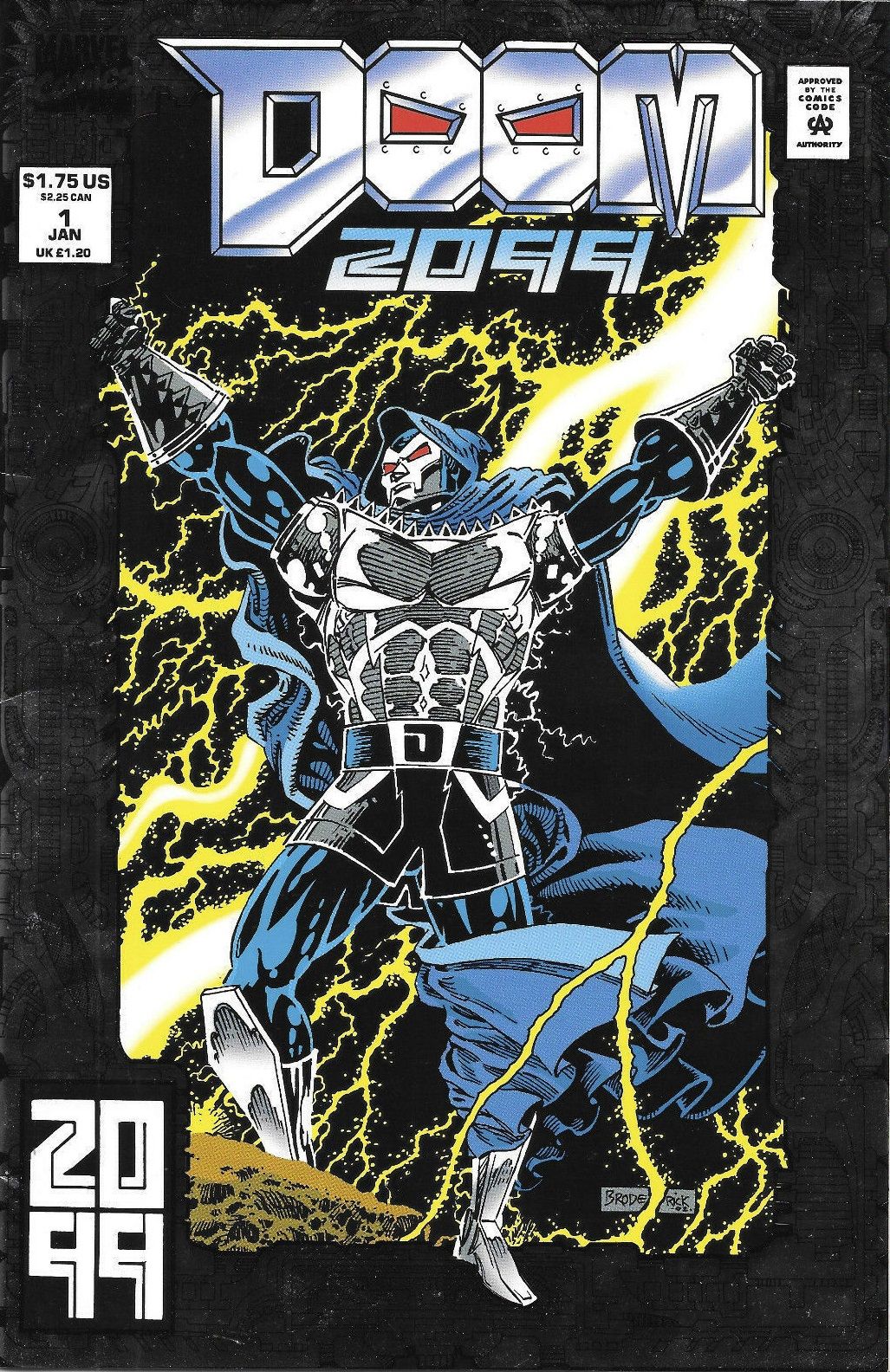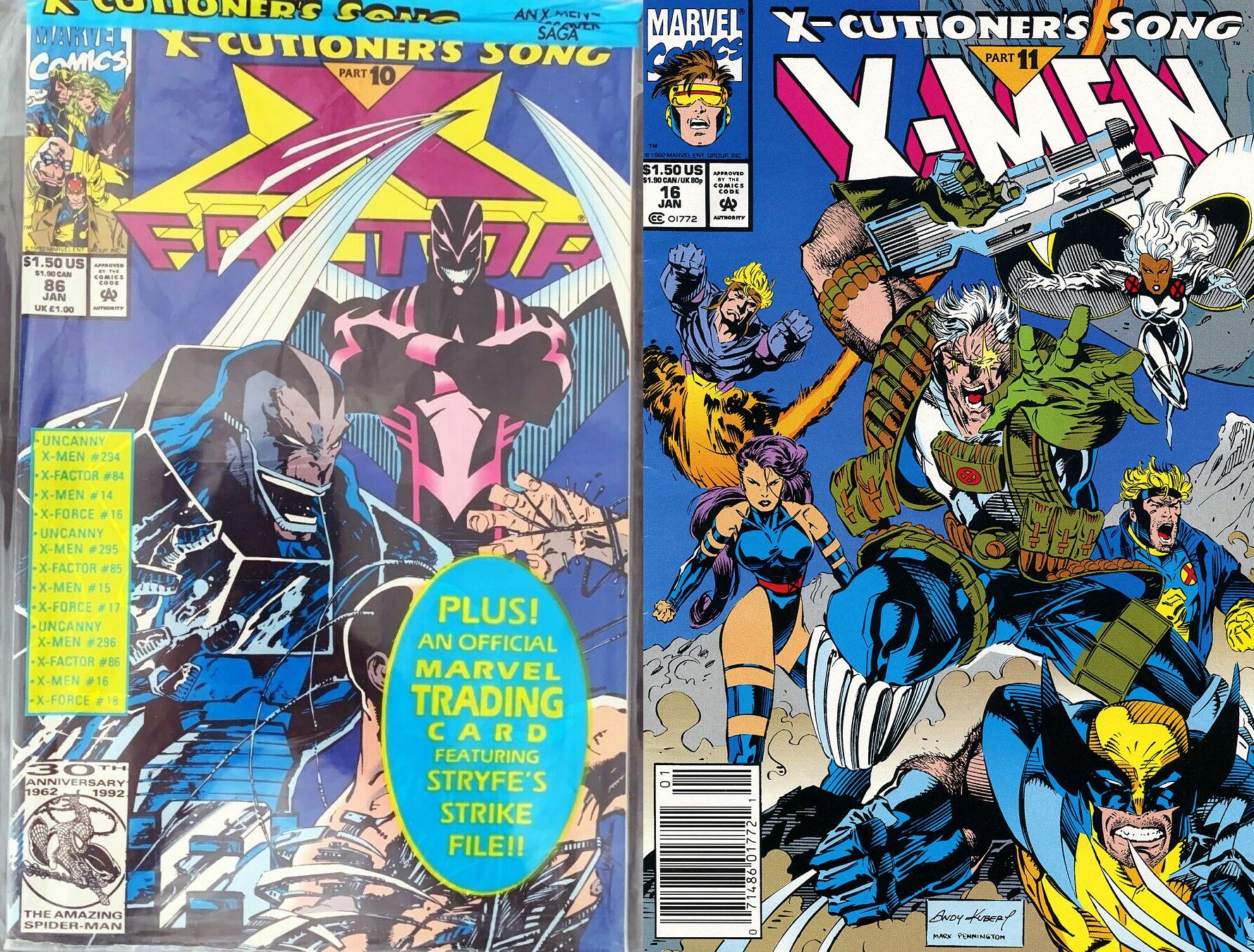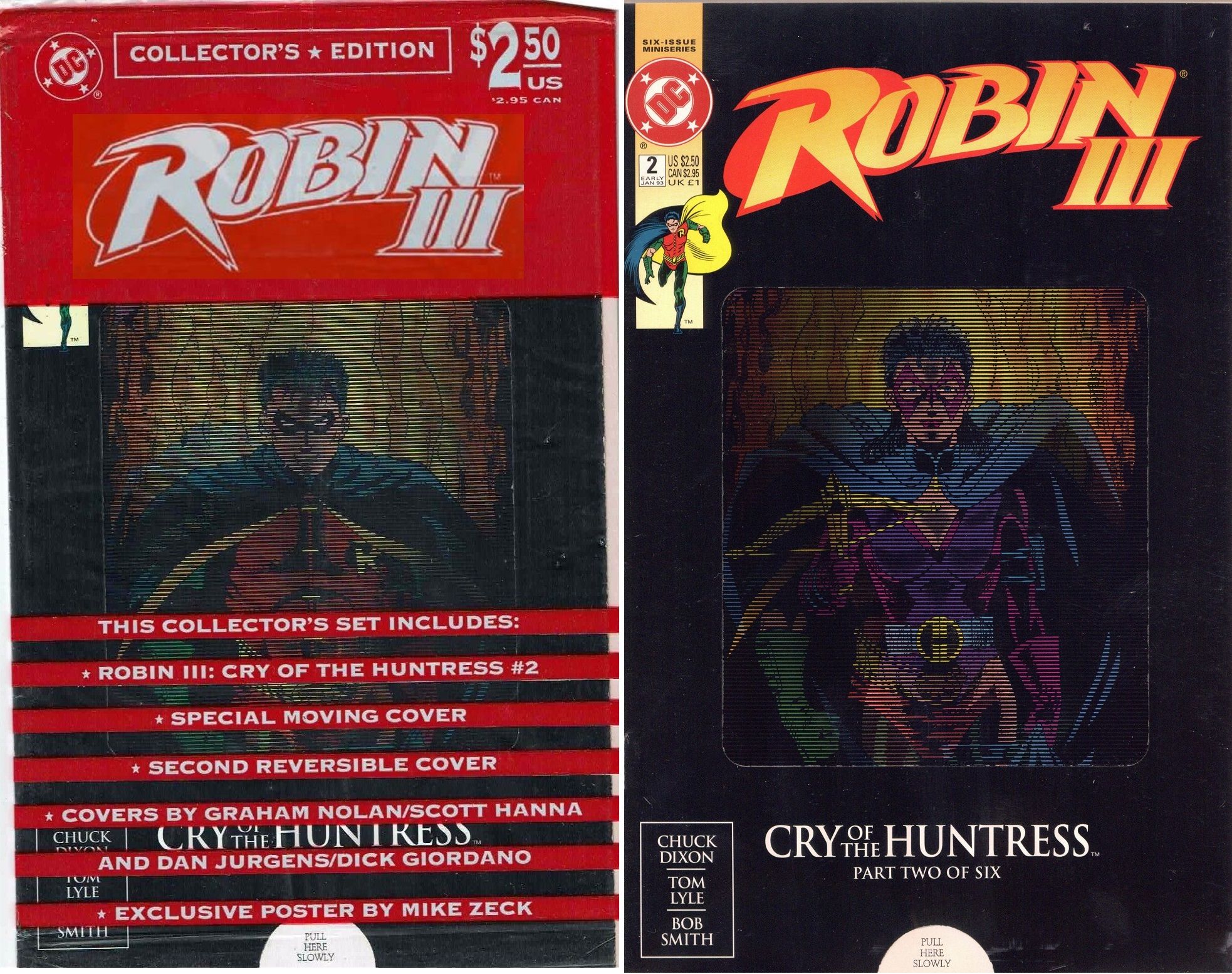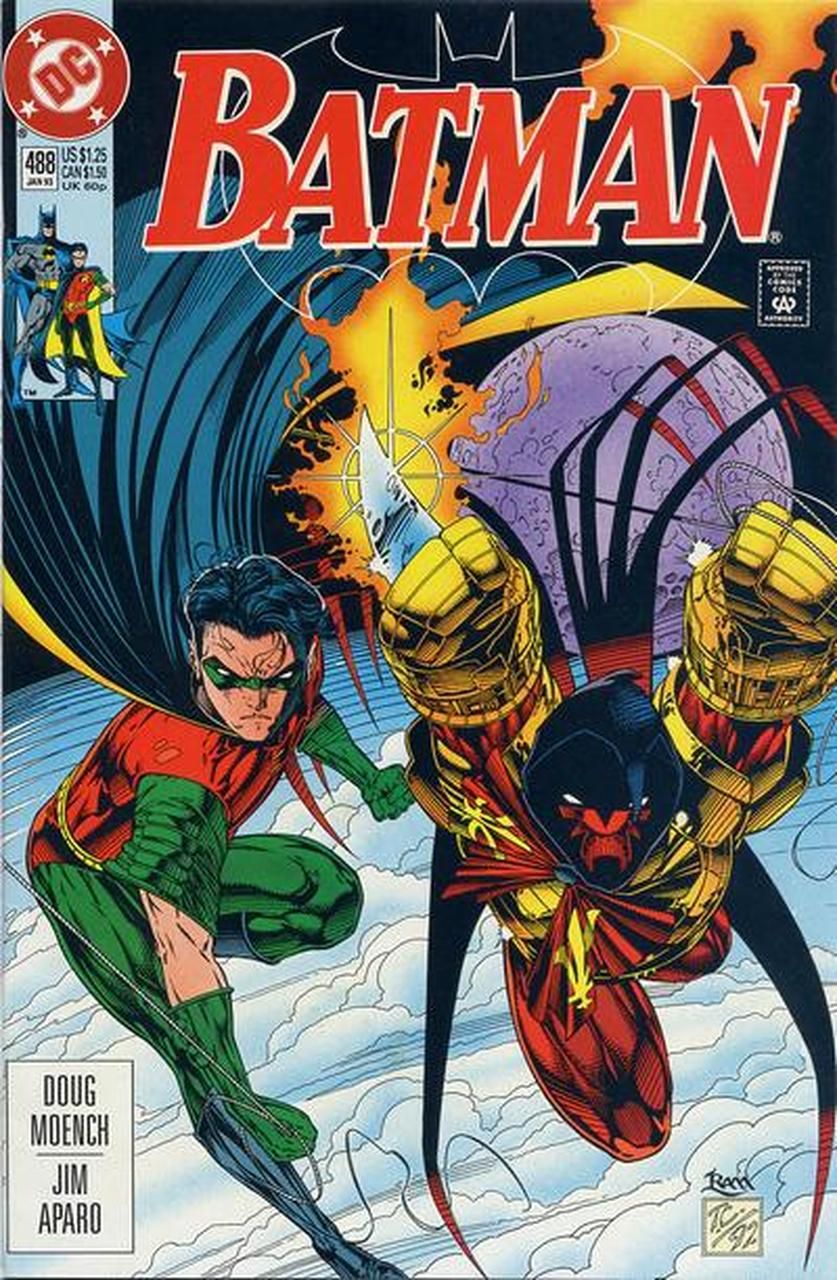Knowledge Waits is a feature where I just share some bit of comic book history that interests me.
In the early 1990s, we saw an unusual conflagration of events that led to a shocking speculator boom in the comic book industry.
THE DIRECT MARKET CHANGES EVERYTHING
While introduced in the 1970s, it wasn't until the 1980s that the direct market began to have its biggest effect on the comic book industry. In the old days, comic book companies would sell books on newsstands (drug stores, supermarkets, bookstores and, of course, literal newsstands). The stores would return their unsold copies just the same way that they currently return unsold copies of newspapers and magazines. So let's say you printed a million copies of a comic book that sold for 25 cents. If you sold through 70% of that, that'd be a good figure, but that still meant that you printed an additional 300,000 copies that you just ate. So comic books were working on a very thin profit margin.
The direct market allowed stores to buy their comics directly from comic book publishers at a larger discount, but without the ability to return unsold copies. It was a good deal for retailers (as they had a greater discount, so paid less for the books) and for the comic book companies (as they still made more money because they wouldn't have to eat the unsold copies).
GIMMICK COVERS DEBUT
With this new sales system in place, direct market comic book stores surged in popularity. Since the comic book companies now had a greater cost certainty (and thus a greater profit margin on a given book), they were able to spend more money on the comics themselves. Better paper, better coloring, etc. This eventually led to comic book companies trying out so-called "gimmick covers." You know, putting a foil cover on the book and charging an extra buck. They could use a regular cover on the newsstand and the the foil cover just on the direct market.
As the 1990s began, specialty stores had grown popular enough that a number of fans started collecting comic books on the speculation that they would be worth more money in the future. When you coupled this with a notable generation of superstar artists like Jim Lee, Todd McFarlane and Rob Liefeld, this led to some insane sales figures as the demand was exceptionally high. In 1989, DC Comics released four different colored outer covers for Legends of the Dark Knight #1. Hot off of the blockbuster Tim Burton film, DC was shocked by how many people "had" to have EACH colored outer cover. The book was a smash. Marvel started to follow suit. From 1990 through 1991, Marvel progressively set the sales record for the most copies of a comic book sold, with Spider-Man #1 (which had multiple colored covers, just like Legends of the Dark Knight) selling 2.5 million copies in 1990, X-Force #1 (which was bagged with one of five different trading cards) selling 5 million copies in the Spring of 1991 and X-Men #1 (which had four different covers by Jim Lee that combined into one massive image) selling over 8 million copies in Summer of 1991.
Okay, so the companies got more and more into this gimmick boom as 1991 turned to 1992. And sales just rose and rose. Amazingly enough, one week in late 1992, specifically November 17, 1992 (28 years ago today), saw a shocking mixture of gimmick releases selling hundreds of thousands of copies all in one perfect storm.
DEATH OF SUPERMAN
This was the big kahuna, of course, as the whole world was riveted to the shocking news that DC was going to kill off the most famous superhero in the country.
The direct market edition was released in a sealed black beg with a bloody S on the cover and it came with a black armband, a poster and a trading card. The newsstand edition had an awesome cover by Dan Jurgens itself, with Superman's torn cape waving sadly on a broken pole. This comic book was the best-selling comic of the year on the direct market, with over a million copies sold. Amazingly, even with that many copies sold, it has retained its value fairly well, as it became such a cultural touchstone that people still want a copy today, even if it hasn't gotten past $30 or so ("just" 12 times the initial $2.50 investment)
BLOODSHOT DEBUTS!
Yes, amazingly enough, the same week that Superman died, Bloodshot was born! Well, technically, he already existed as a cameo in Eternal Warrior #4 (which, as you might imagine, became a "collector's item" as well, at the time) before making a full appearance in Rai #0 (and yes, also a "collector's item"), but this was Bloodshot's first ongoing series.
The distinctive gimmick was a fully "Chromium" cover by Barry Windsor-Smith, as opposed to the foil covers popular for the time (Chromium was basically a textured plastic image that gave off a sort of metallic sheen). This was Valiant's go-to cover gimmick for the era. They even did a wraparound Chromium cover for X-O Manowar #0 the following year (by Joe Quesada, who then did similar covers for Bloodshot #0 and Ninjak #0).
Bloodshot #1 was among the top 15 comics sold in 1992 on the direct market. So probably over 500,000 copies sold.
NOTHING REALLY MATTERS MUCH, IT'S DOOM ALONE THAT COUNTS
In 1992, Marvel debuted a "new universe" (no, not that new universe) set in the future of the Marvel Universe called Marvel 2099. They did direct market foil covers for all of the first issues.
As you might imagine, Spider-Man 2099 #1 was the biggest seller, but all of the new books did well enough, including Doom 2099 #1, which sold roughly 500,000 copies and was in the top 20 comics sold in 1992 on the direct market.
WHO SINGS FOR THE X-CUTIONER?
Marvel had been doing crossovers within their X-Men titles since the mid-1980s, but the addition of a second ongoing X-Men title in 1991 (the aforementioned Jim Lee comic that sold over 8 million copies) now allowed the company to do a massive twelve part crossover in 1992 (somehow seven parts less than the Avengers crossover, Operation: Galactic Storm, earlier in 1992).
Each of the books on the direct market shipped sealed in a polybag with a different trading card each issue, with thoughts about the various X-Men characters by Stryfe.
Somehow, due to a scheduling fluke, Parts 10 and 11 of the crossover came out the same week as the Death of Superman!
X-Men #16 was around the #11 highest selling comic book on the direct market in 1992, while X-Factor #86 was around #30. However, since the X-Men books still had a sizable newsstand market at the time, I think it is possible that both books sold over 500,000 copies.
WHO CRIES FOR THE HUNTRESS?
Waaaaay further down the sales list, but still an impressive showing, is the second issue of Robin III: Cry of the Huntress. This was the final Robin miniseries by Chuck Dixon, Tom Lyle and Bob Smith before DC just gave Robin an ongoing series the following year.
The direct market edition came sealed in a polybag with a poster and the covers were these funny lenticular covers where you could make the image "move" by pulling the lenticular image through the plastic lens on the cover.
ALL THIS, AND AZRAEL, TOO!
One of the biggest-selling miniseries of 1992 was The Sword of Azrael, which introduced Jean-Paul Valley, Azrael, who would eventually take over as Batman (in a disastrous decision by Bruce Wayne after Bruce had his back broken during a crossover).
Azrael made his debut in the regular Batman series this week, with a stunning Travis Charest cover. This comic book also sold well on newsstands still, so even though it did not hit the Top 300 for the year on the direct market, I think it probably did really well. And okay, I just couldn't pass up a chance to show that stunning Charest cover.
1993 continued to do well in comic book sales before the bottom fell out in 1994 heading into 1995. But I still don't think you will ever see a single week cram this much gimmicky, speculator goodness as November 17, 1992.
If anyone has an idea for an interesting piece of comic book history, drop me a line at brianc@cbr.com!

